Common bruise is a weed that is often used to make medicines. Blueberry is also a good honey plant that can attract many bees. It is important to take into account that this herb is considered poisonous and can cause serious harm to people. To avoid this, it is important to take into account a number of nuances when growing a plant.
Description and characteristics of the plant
Common bruise is a meadow biennial plant that reaches a height of 1.5 meters. In poor soil its size does not exceed 50 centimeters. The culture is covered with fluff and prickly bristles. It has an erect, rigid stem that is resistant to wind.
This plant is characterized by a taproot that goes quite deep into the ground. The bushes are covered with simple narrow-lanceolate leaves and blue or pink flowers, forming paniculate inflorescences. The flowering of the crop lasts from June to September. However, specific dates depend on the weather.
All parts of the crop contain toxic substances. Despite this, the culture has pronounced beneficial properties. It is considered an effective honey plant. In addition, the crop is often used as green manure to improve soil quality.
Application in beekeeping
Blueberry is considered a useful honey plant. Its flowers are brightly colored, which helps bees easily find this crop. At the same time, the bruise produces nectar at any time of the day and in different weather. The peak of honey collection is observed at noon. In terms of honey productivity, the grass is second only to linden.
Honey obtained from this culture has a dense consistency and light beige color. The product retains its liquid consistency for a long time. In addition, it has a pleasant taste and pronounced aroma. Over time, the mass becomes thicker.
The flowers of the plant actively secrete nectar at the initial stage of flowering, when they have a light pink tint. Each bud contains 10-15 milligrams of nectar. Other benefits of the plant include the following:
- grass grows in any soil;
- the plant does not need care;
- the culture is considered undemanding to the weather;
- the crop does not need to be watered, fertilized or weeded;
- the grass has high honey productivity;
- honey obtained from the common bruise has pronounced medicinal properties;
- grass can grow in the same place for a long time;
- The honey plant attracts bees even several kilometers from the hive.
Timing and seeding of a bruise
To grow an ordinary bruise yourself, you need to follow some rules of agricultural technology. When choosing the time to plant a plant, it is important to take into account the climate of the region. When planting seeds in autumn, it is recommended to do this before frost. Otherwise, there is a risk of the appearance of fragile shoots that will simply die in the winter. Also, common bruise can be planted in late spring or early July.
It is recommended to plant the bruise in prepared soil manually or using a special seeder. The plant should not be placed very densely. For 1 hectare you will need approximately 5 kilograms of seeds. They need to be buried 1-3 centimeters into the ground. Seeds germinate at a temperature of +10 degrees. At the same time, the optimal temperature for the development of the culture is +20-28 degrees.
The bruise does not require special care. However, applying organic fertilizers will help improve the development of bushes. Thanks to this, it will be possible to obtain a larger number of flowers and increase the honey productivity of the grass.
The plant is drought tolerant and therefore does not require watering.The bruise is considered a competitor for other crops, therefore it contributes to their displacement. Subsequently, the grass spreads on its own and blooms in continuous masses.
How many days does it take to bloom and what is its productivity?
In the middle zone, blueberry blooms from early June to mid-July. 1 flower can produce 2.5 milligrams of nectar. At the same time, up to 500 kilograms of honey can be obtained from 1 hectare. Experienced beekeepers claim that 4-5 bee colonies can be accommodated on 1 hectare.
Bees fly around the flowers of this plant throughout the day - until sunset. In the south, the daily harvest per bee colony is 8 kilograms, in the middle zone this figure reaches 4 kilograms.
Blueberry is a productive honey plant that allows you to get a lot of high-quality and healthy nectar. At the same time, the crop is undemanding to growing conditions.

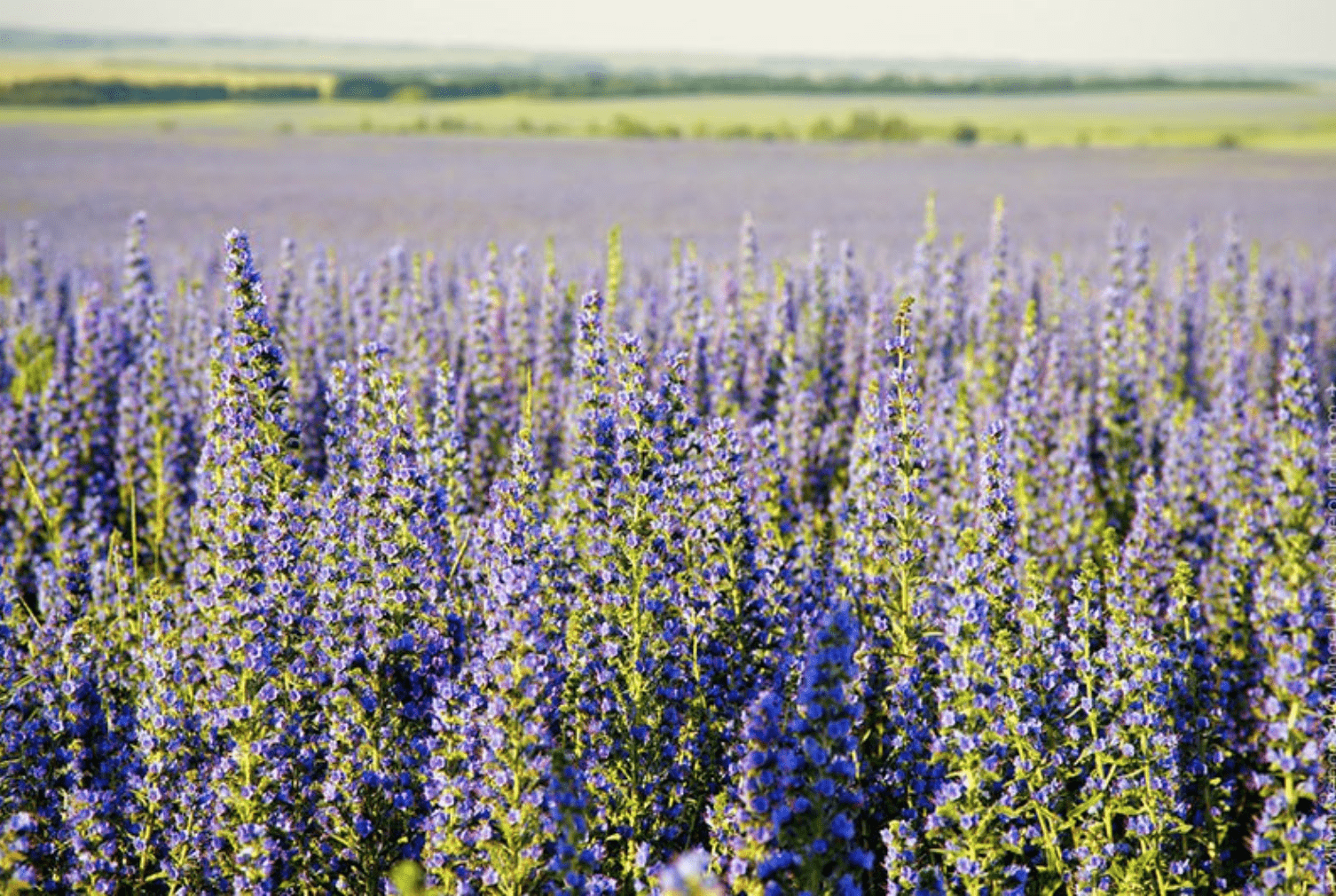
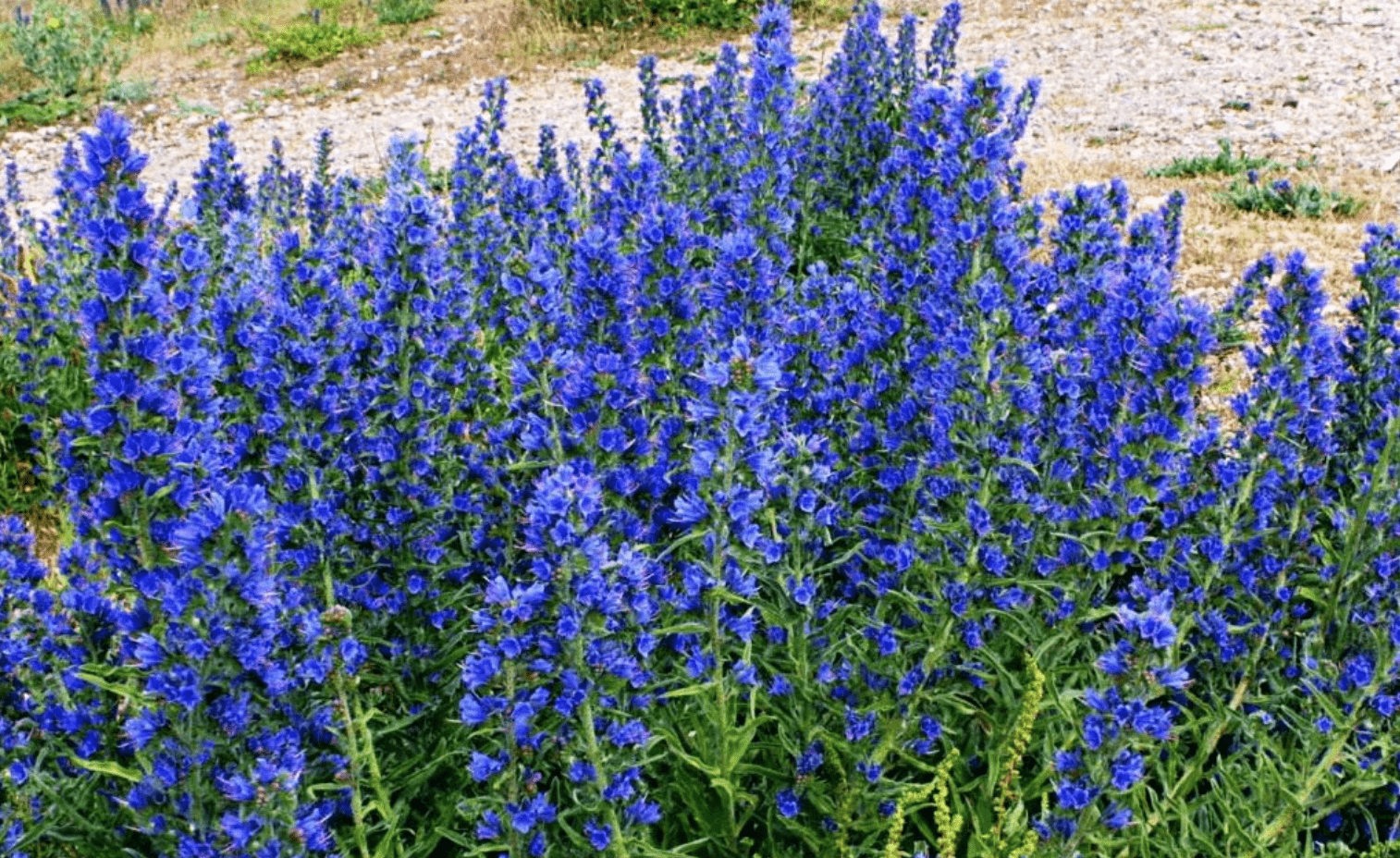
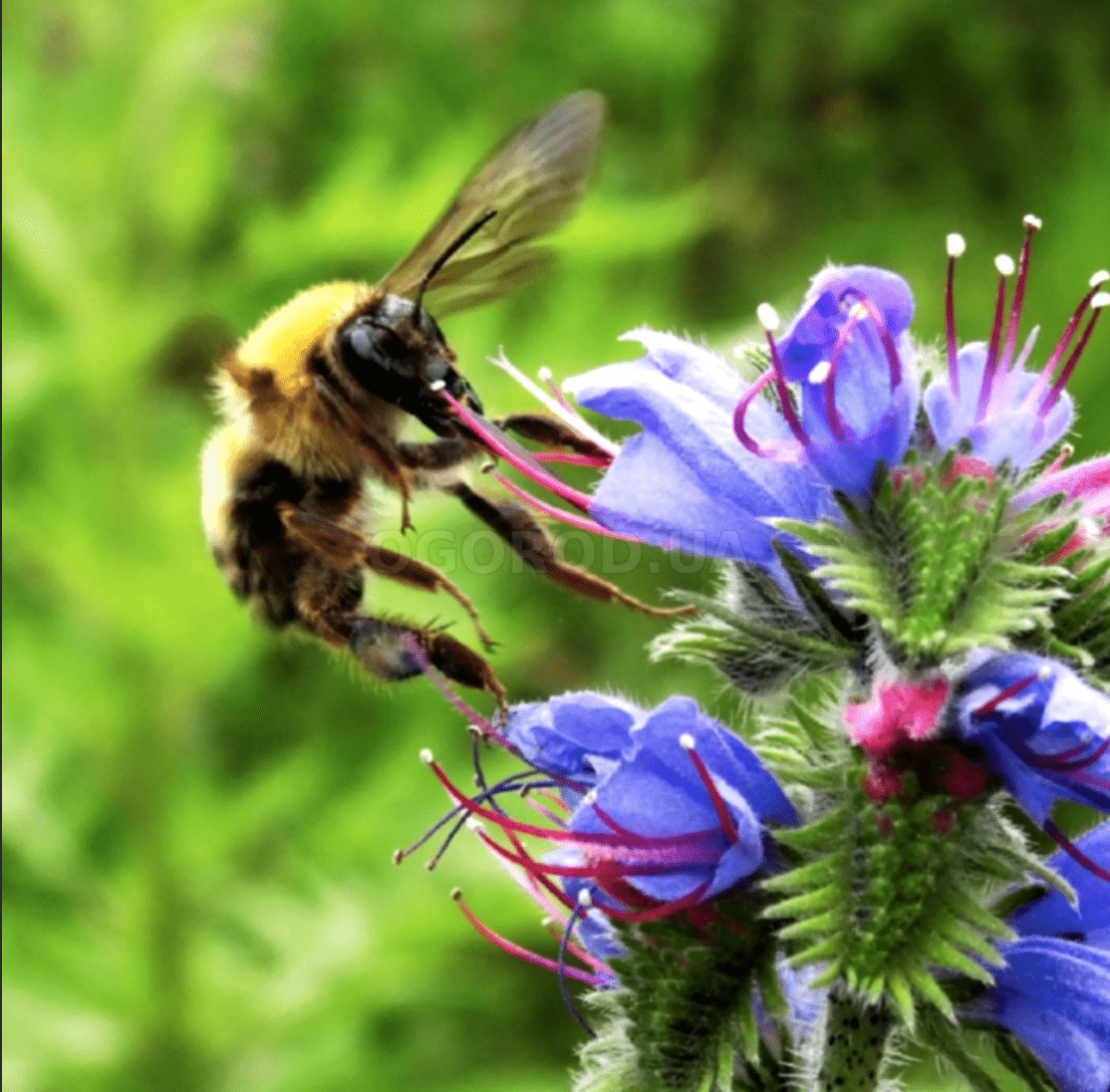

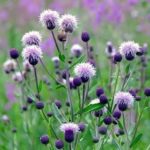

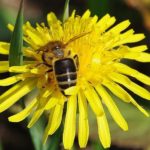

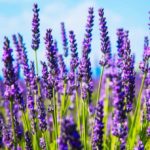
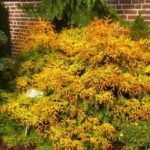

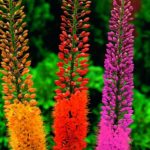
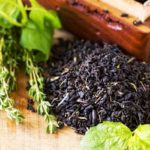

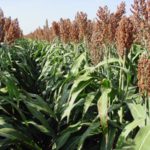
Hello, dear ones. Thank you for the article. I have bees, I will sow a bruise this fall.